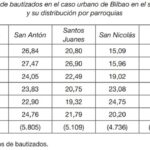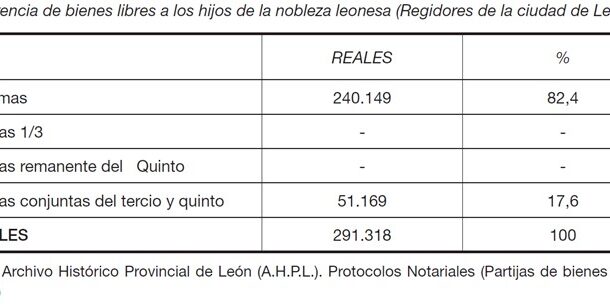One of the forms of demographic control in the Modern Age was the accounting of people in the parish registers. This resource shows the number of baptisms performed in the parishes of an urban environment, Bilbao, during the 17th century. The importance of the figures for each of them is accompanied by the relevance of their spatial distribution throughout the city. The decrease and increase of baptisms is directly related to the number of parishioners in the tempos and, in turn, to urban demographic changes. Consequently, the author shows us how the growth of the suburbs, reflected in the parish of San Nicolás, contrasted with the decrease in baptisms in the central area, under the jurisdiction of the parishes of Santiago and San Antón. The change in the evolutionary trend of urban demography was parallel to the stagnation of trade, the main economic activity in Bilbao and other cities on the Cantabrian coast with similar trends.
Collection: Statistics
Project: 3. Rural world and urban world in the formation of the European identity., 4. Family, daily life and social inequality in Europe.
Chronology: XVII
Scope: Secondary Education, Baccalaureate, University
Link: https://www.adeh.org/revista/2017,%201/1%20Catalan%20y%20Lanza%20%20XXXV,%201-2017.pdf
Resource type: Statistics
Format: Table
Source: Catalán Martínez, E., Lanza García, R. (2017). "Crecimiento demográfico en tiempos de crisis: Bilbao en los siglos XVI y XVII", en Revista de Demografía Histórica, XXXV, 1, p. 38.
Language: Spanish
Date: 2017
Owner: Pablo Ballesta Fernández (Modernalia)
Copyright: ©Revista de Demografía Histórica ©Elena Catalán Martínez ©Ramón Lanza García
Abstract: Baptisms in Bilbao according to the spatial distribution of the parishes that reflect the changes in urban demography during the 17th century
Image
Tags







